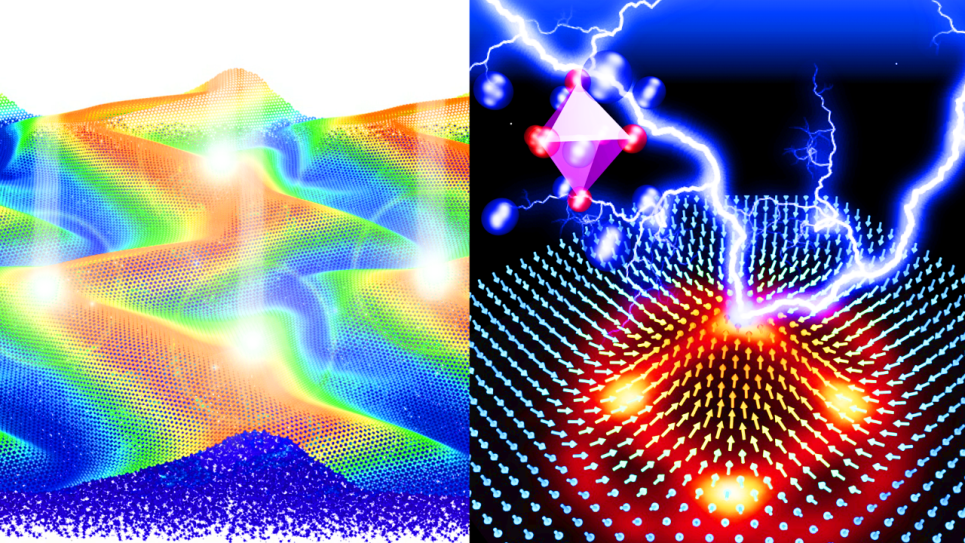This project seeks to accelerate the discovery and deployment of new solar materials for better organic solar cells by combining quantum mechanical simulations with machine learning.
Organic solar cells have several appealing advantages: they are made of earth-abundant elements; they can be manufactured cheaply over large areas via solution deposition and printing techniques; they may be deposited on oddly shaped and/or flexible surfaces; they are lightweight; and most importantly, their electronic properties may be tuned over a broad and almost continuous range through chemical and structural modification. These properties make them attractive, particularly for low-cost, large-area applications as well as for wearable and disposable devices. However, the present efficiency of organic photovoltaics leaves much to be desired.
Some organic chromophores may undergo unique quantum mechanical processes, including singlet fission (SF), the conversion of one singlet exciton into two triplet excitons, and its reverse process, triplet-triplet annihilation (TTA). SF may significantly increase solar cell efficiency by harvesting two carriers from one high-energy photon, whose excess energy would otherwise be lost to heat. Conversely, TTA may enable harvesting photons with energies below the gap of the absorber by optical upconversion. SF and TTA are presently not used in commercial modules due to dearth of chromophores that are both sufficiently efficient and chemically stable under operating conditions.
This ALCC project seeks to accelerate the discovery and deployment of new materials for better organic solar cells by combining quantum mechanical simulations with machine learning. The materials properties of interest for solar cells are derived from electronic excitations. This calls for theoretical treatment beyond ground-state density functional theory (DFT). This will be achieved by Green’s function based many-body perturbation theory (MBPT), within the GW approximation and Bethe-Salpeter equation (BSE). The relatively high computational cost of GW+BSE simulations makes them impractical for large-scale, high-throughput materials screening. Therefore, the researchers will develop machine learned models that will be trained on DFT and MBPT data and, once sufficiently predictive, used for materials screening. The Artificial Intelligence for Spectroscopy (ARTIST) library will be used to predict properties from molecular structural information. The sure independence screening with sparsifying operators (SISSO) feature selection algorithm will be used to identify descriptors that are fast to evaluate and predictive of MBPT data. To accelerate data acquisition, the team will speed-up and improve the scaling of the GW+BSE implementation in FHI-aims. This will be achieved by using a local resolution of identity (RI) approach and improved parallelization of the BSE kernel matrix setup.
This research will advance the DOE’s clean energy mission by developing the computational capabilities for the discovery of new organic materials for third generation solar cells, including chromophores that undergo singlet fission and triplet-triplet annihilation. In addition, this research will advance the DOE’s science and innovation mission by developing codes that can scale on DOE’s next generation leadership supercomputing platforms.


